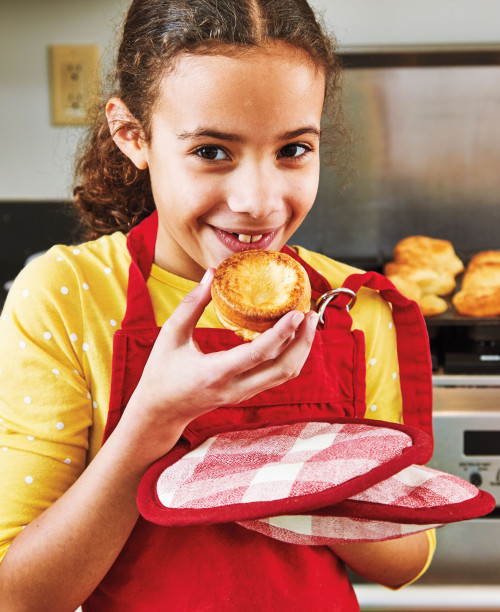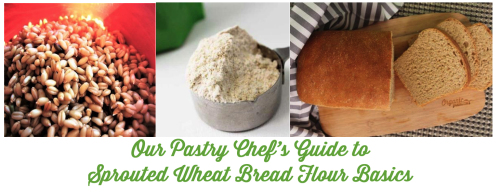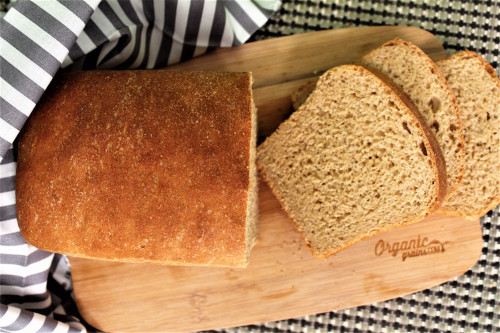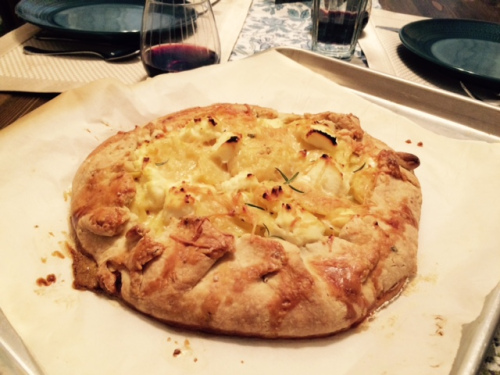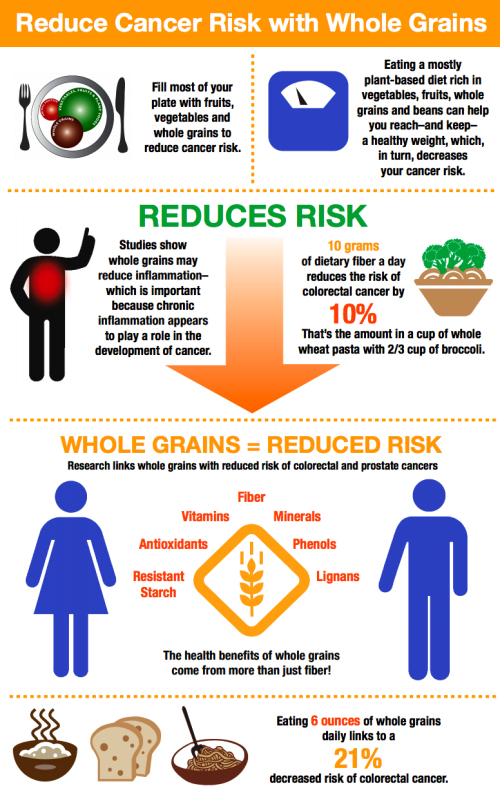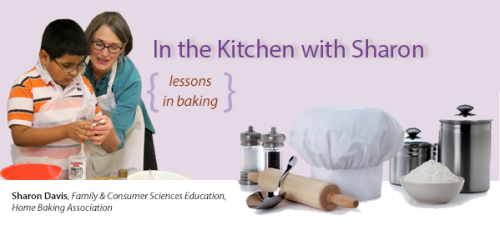
My half-Norwegian mother is smiling at the swirl of interest in “hygge” (pronounced hoo-guh). She was a master at home made simple pleasures that are the roots to kinship and comfort. We could all use a few hygge tools in our kit right now. I think my mom would endorse these five hygge hints to ease the holiday hectic:
#5: Prep a hot beverage mix, then use it. Choose something with warm milk, less caffeine, chocolate and herbs for a little calm. I love hot cocoa mix: Whirl in your food processor until powdery: ½ cup granulated sugar, 1 tablespoon cornstarch, 3 oz. roughly chopped semi-or bittersweet chocolate, ½ cup baking cocoa (Dutched cocoa is a deeper flavor), ¼ teaspoon vanilla or almond extract, and a pinch of salt. Store in an airtight jar and use 3 tablespoons mix per medium mug of heated milk or water. Thank you @smittenkitchen!
Love your coffee too? Unwind with friends with a decaf version of C&H Sugar’s Toffee Coffee.
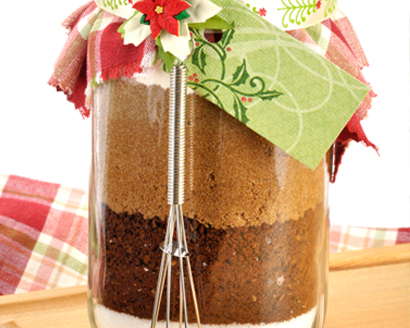
#4: Employ lavender’s magic. After holding your breath all day working the lists, breathe in one of HBA’s Writer’s Guild pro Nancy Baggett’s Lavender Place recipes Culinary lavender’s comforts range from sweet honey-spice snickerdoodles, to savory herbed popcorn for starters.
#3: Break down prep time…try making dough and freezing ready-to-bake. Just thinking, you might have time to get the dough made…but no time to bake! HBA member test kitchens lead the way on how to freeze cookie, yeast and scone dough to pop in the oven at any time. Try this Freeze and Bake Scones example
#2: Drop, don’t roll. For some of us, rolling out dough of ANY kind is challenging. Go with a drop or “scoopable” version —there are many sweet and savory options! Butternut Softies are a great holiday fruit and nut drop cookie and Drop Biscuits are naturally comfort food.

#1: Often, eat simply. Try a whole grain batter yeast bread served with a favorite veggie, lentil or bean soup and soak in the comfort of home.
Even these Top Five cannot guarantee coziness, simple pleasures and kinship when you focus on them alone. Include someone in one of these gifts, and hygge will come quickly to your heart and hearth!

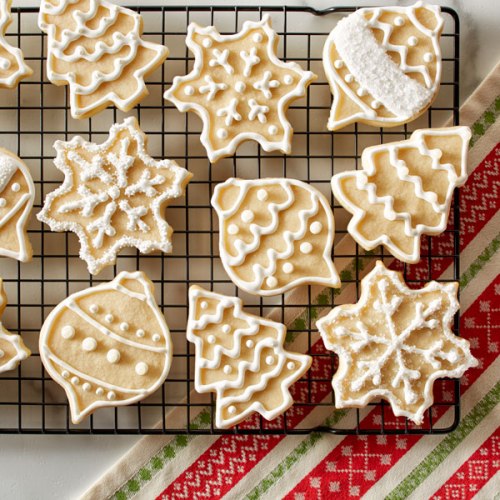
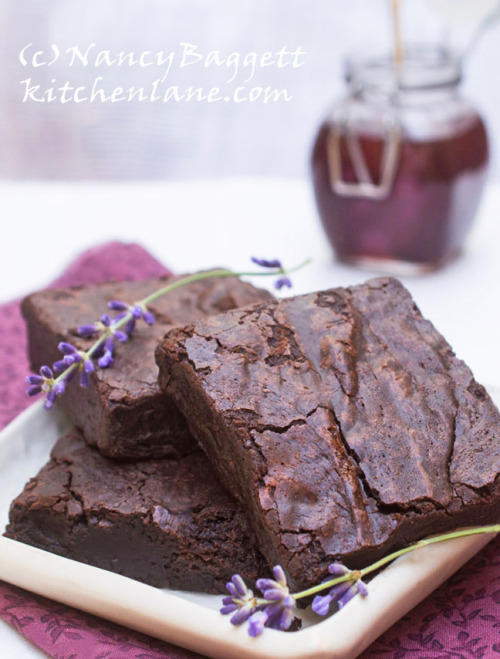

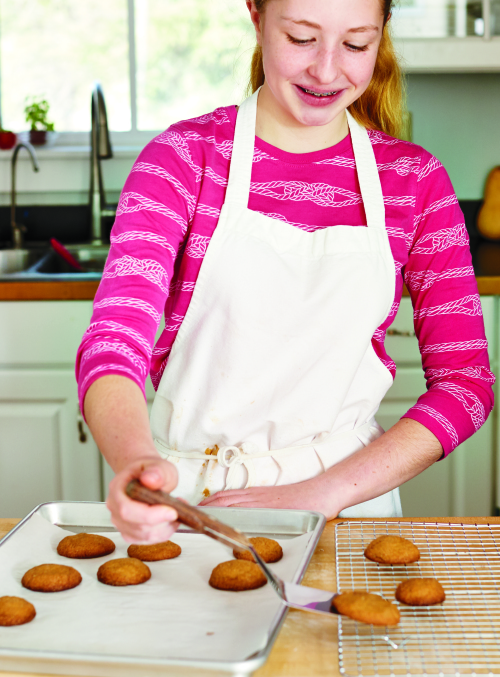 This recipe makes about 3 dozen cookies
This recipe makes about 3 dozen cookies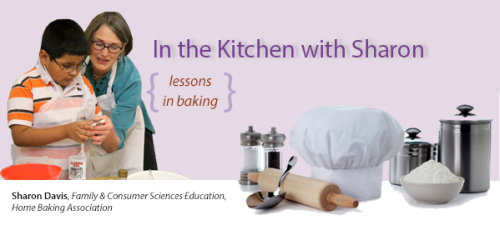



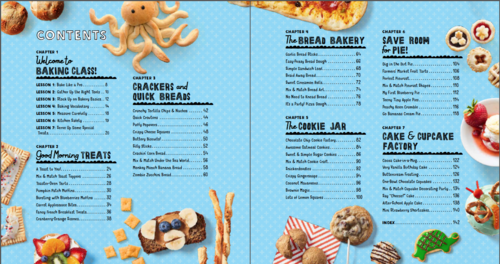
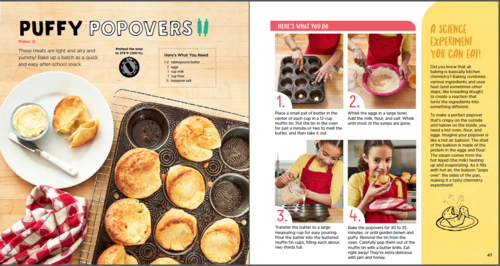
 Makes 12
Makes 12